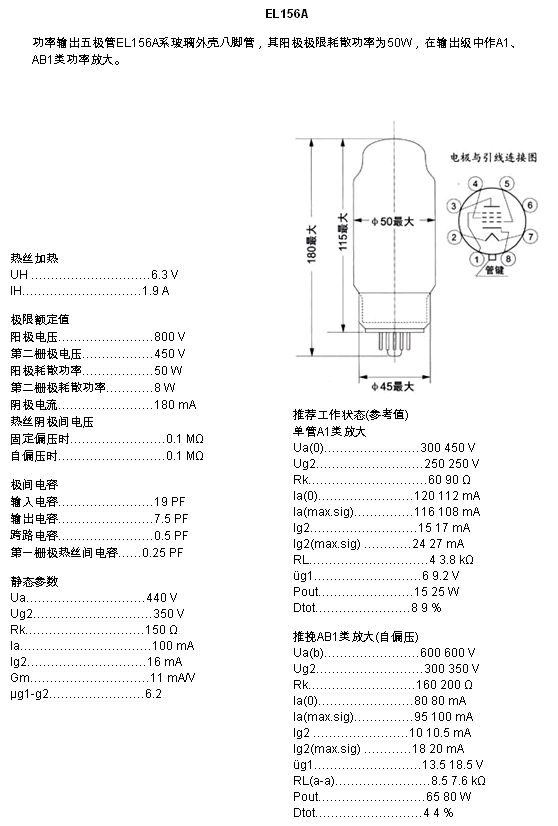|
|
|
|
This review page is supported in part by the sponsors whose ad banners are displayed below
|
|
 |
|
|
 |
|
|
 |
|
Reviewer: John Potis
Analog Sources: Merrill-Scillia Research MS2 table, Hadcock GH Export arm, Ortofon Kontrapunkt H cartridge; 1985 AR Turntable with Merrill mods/Hadcock GH Export Arm Garrott Bros Optim FGS Cartridge
Digital Source: Accustic Arts Drive 1/Audio Aero Prima SE DAC
Preamp: Bel Canto Pre2P, McCormack MAP-1
Power Amp: Art Audio Carissa, Bel Canto e.One REF1000 monos, Canary CA 330 monos, Opera Audio Cyber 211 monos, Musical Fidelity A5 Integrated
Speakers: Tidal Audio Pianos, Thiel CS 2.4, Ohm Acoustics Walsh 4.5 mk.2, Hørning Perikles, Klipsch LaScala IIs
Subwoofers: Genesis Advanced Technologies G-928, Bryston 10B-Sub Active Electronic crossover
Speaker Cables, Interconnects and Digital cables: JPS Labs Superconductor 3
Power Cords: JPS Power AC, Analog AC, Digital AC, Aluminata and Kaptovator
Powerline conditioning: Balanced Power Technology 3.5 Signature Plus with ZCable Cyclone power cord
Sundry accessories: GEM Dandy Hydraulic LP Cleaner, Sound Mechanics Performance Platform, Gingko Audio Mini-Clouds, 2-inch Butcher Block platforms with Quest for Sound Isol-pads, Vibrapod Isolators and Cones, Ultra & Heavy ZSleeves, Viablue QTC spikes under speakers, Auric Illuminator
Room size: 12' by 16' with 9' ceiling; suspended floor, plaster walls; long wall placement
Review component retail: $5,000/pr; $5,700 with Mundorf silver & oil caps
|
|
|
 |
|
Eastern Electric made its entry into the market by designing and manufacturing the popular MiniMax series of components that featured mini chassis and mini power ratings. They started with the $1,099 MiniMax preamplifier, then followed up with the same-priced 8-watt MiniMax tube amplifier using the 6BM8 output tube, soon trailed by the $950 remote-controlled MiniMax integrated amp with the same tubes and output power. Then came the more conventionally sized and powered $1,799 Eastern Electric M520 integrated EL-34 24wpc remote-controlled integrated based on the classic Mullard circuit whose name it bears. But when Alex Yeung, Eastern Electric's Hong Kong-based designer, meant to go for broke and build his most powerful Eastern Electric amplifier yet, he vacillated between his two favorite power pentodes, the Siemens F2A11 and the Telefunken EL-156.
The EL-156 was developed specifically for audio and at the time used to amplify the tiny signals in cutting lacquers for LP manufacture. The Telefunken EL-156 was a 10-pin tube that, I'm told, was extremely linear and accurate (hence its use in mastering) but of limited utility because most available tube sockets are octals - they only support 8 pins. You just can't fit a 10-pin tube into 8 holes. Telefunken gave up production of this great tube in the 70s and somewhere along the line, all the tooling for the tube's manufacture ended up in China. There's a real chance in fact that the last of the EL-156s tubes under the Telefunken brand were actually made in China.
When Alex discovered that Shuguang had relaunched EL-156 production as an 8-pin tube to render appropriate hardware sourcing a non-issue, his dream of the all-out amplifier coalesced around the 156. After about 1.5 years of design and refinement, the M156 monos were born. As far as Yeung knows, these are the first EL156 audio power amps ever made.
|
|
|
|
 |
|
|
|
|
|
 |
|
 |
|
 |
|
|
This image opens to 1617 x 1462 at 357KB
|
|
They develop a massive 160 watts with a frequency response of 15Hz to 35kHz (+/- 3dB), an input sensitivity of 1V, a S/N ratio of 85dB and high gain of 30dB. The M156s weigh 54lbs each and measure 16¾" wide by 16" deep and 8" high. In no way, shape or form is there anything mini about these. Each amp ships with four Eastern Electric-branded EL-156s and a pair of 12AU7s - installed. Unpacking the amplifiers couldn't have been easier but I advise caution when reaching around back where the 12AU7s are. They're installed close to the rear corner. Careless handling such as jamming the back of the amp into your belly to walk it around could result in a broken tube. It's not a big worry though. UPS was kind enough to deliver one amp in a badly water-soaked outer carton. Being double-boxed, the inner box proved fine. Ditto for the protective foam cradles inside but I did have to dig into the box from the bottom, with the amplifier sitting upside down. Even fumbling around blinded to the layout of the flipped amplifier, I retrieved the amp in perfect condition.
|
|
|
|
|
|
 |
|
 |
|
|
|
|
|
|
|
|
|
|